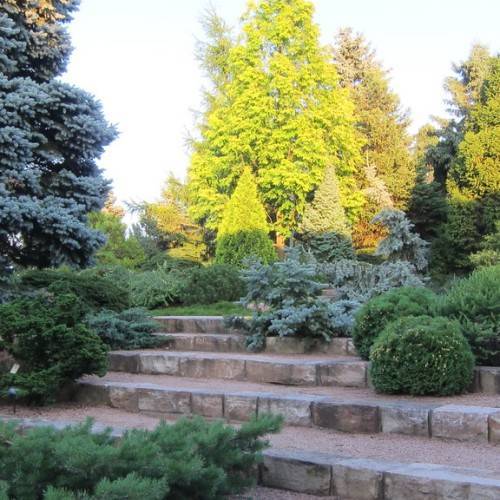
American arborvitae
Thuja occidentalis 'Hoseri'
Cycle:
Perennial
Watering:
Frequent
Hardiness Zone:
2 - 7
Flowers:
Flowers In Spring
Sun:
Full sun, Part sun/part shade
Soil:
Sandy Loamy Clay Rocky
Cones:
Yes
Leaf:
Yes
Growth Rate:
Moderate
Maintenance:
Low
Care Level:
Low
watering
American arborvitae should be watered deeply and regularly to help the roots establish and grow well. During the first year of planting, water twice a week with at least an inch of water each time, allowing the soil to dry out slightly before watering again. Once established, water once a week during the summer months with 1-2 inches of water, and water less frequently as temperatures drop to around 45-50 degrees F. Make sure that your arborvitae is never completely dry. During winter months, if the soil is dry, water once a month, and add a 2-3 inch layer of mulch to help conserve moisture.
sunlight
American arborvitae (Thuja occidentalis 'Hoseri') prefers full sunlight during the morning, becoming partially shaded during noon hours and mid-afternoon. This species can grow in areas that receive 6 to 8 hours of direct sunlight a day. Avoid placing this plant in areas with full sun exposure, as this can cause foliage discoloration and other damage.
pruning
Pruning American arborvitae (Thuja occidentalis 'Hoseri') can be done in late winter or early spring. Pruning should be done sparingly and with caution as this species of arborvitae is relatively slow-growing. The foliage should be thinned out only to remove dead or damaged branches or to help with shaping. Heavy pruning should be avoided, as it will take a few years for the plant to recover. Pruning can also be done to remove overcrowding and to open up the canopy to light, if needed.
